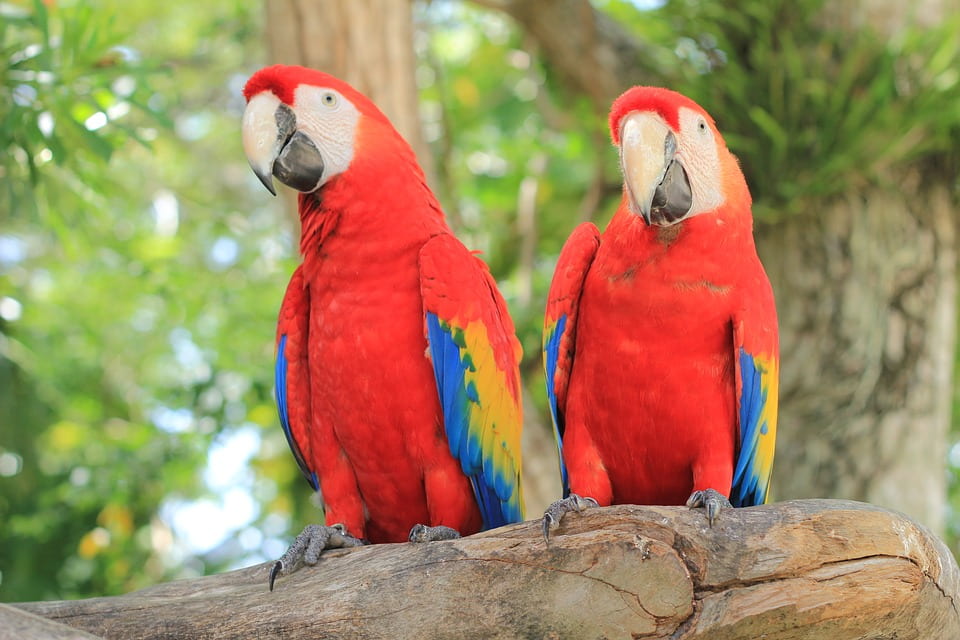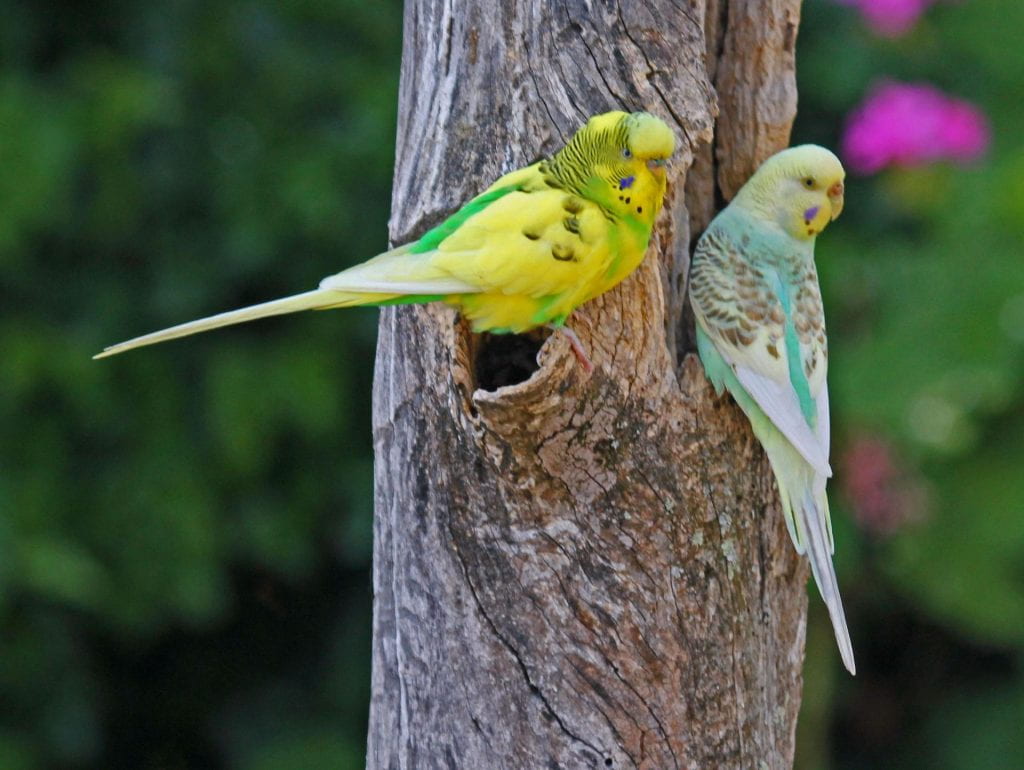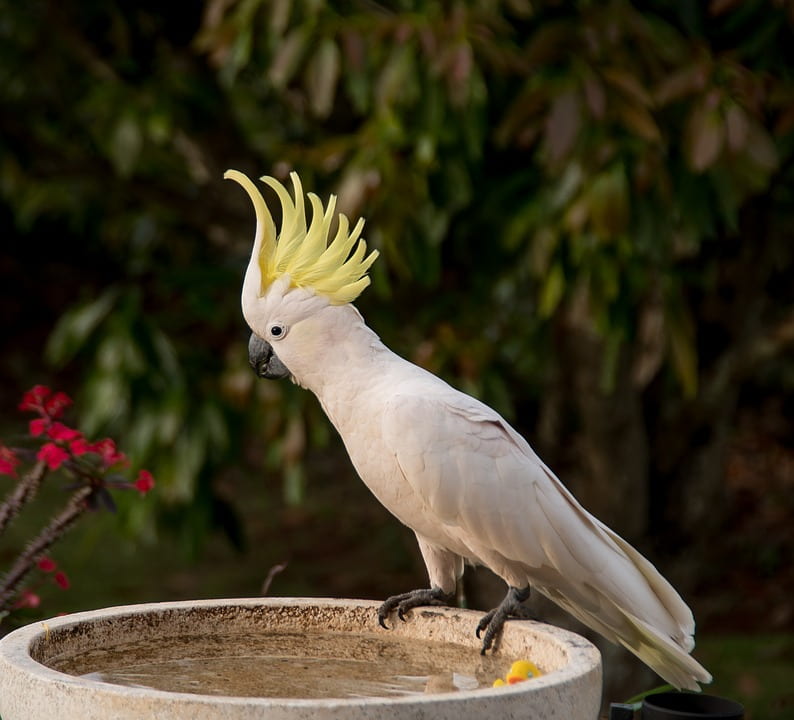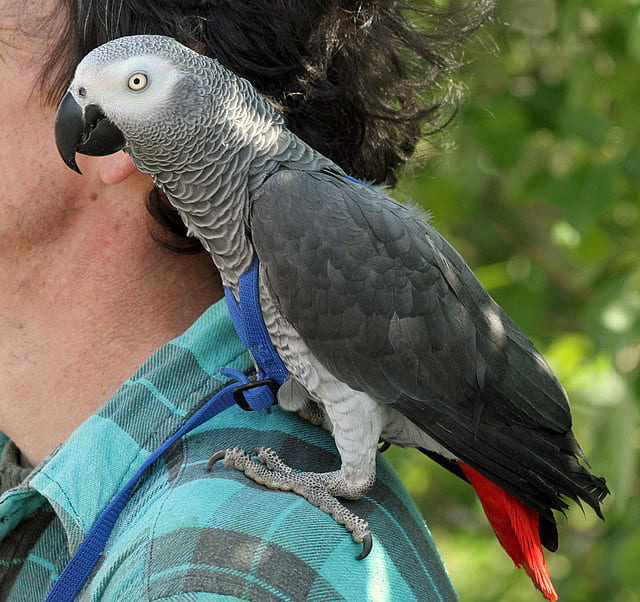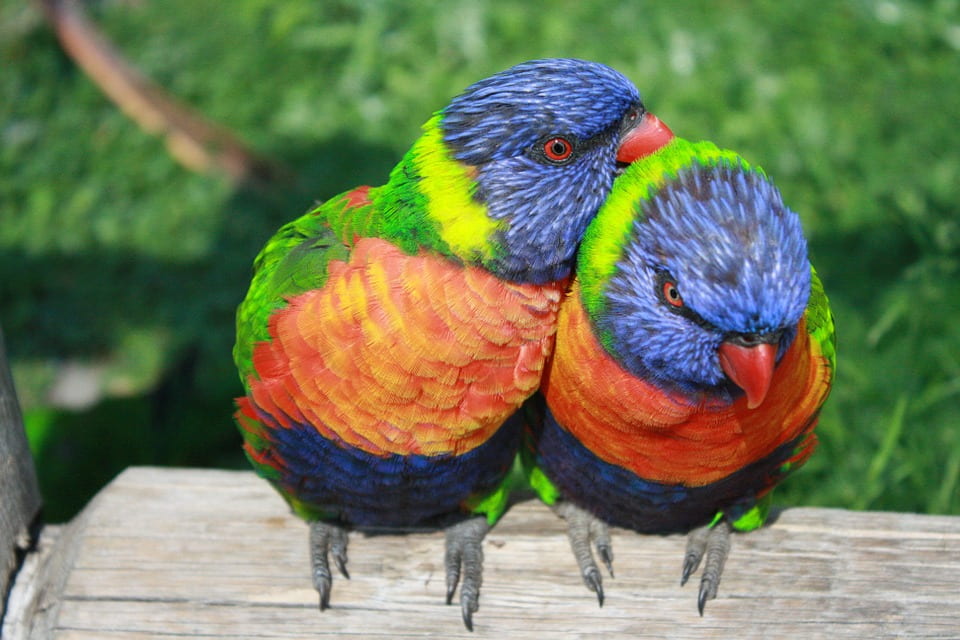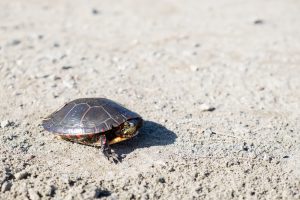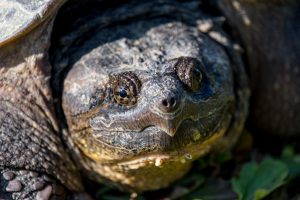Birds make wonderful companions, since they are such social and vocal animals. However, there are some considerations that every new bird owner should make before deciding to take on a lifelong, feathery companion. Yes, birds can live a long time, so owning a bird is a long-term, sometimes even lifelong commitment! Smaller species such as budgies and cockatiels can live for 20 years, while larger parrot species can live up to 50 years. Additionally, birds tend to have extremely social natures, and can therefore, develop self-destructive or aggressive behavioral problems if they are not adequately socialized.
Different species of birds have varying needs, and depending on your lifestyle, one type of bird may be a much better option for you than another. So before you purchase the toys, bird seed, and housing, you have to decide on which bird you’d like to make your companion. Here are some common pet bird species and some things you should consider before you choose the bird that you want to share your home with.
Budgerigars and cockatiels are, by far, the best companions for novice birders, due largely to their small size and ease of care. They are very clever and social birds, and a lot of fun.
Budgerigars (budgies) are the most abundant psittacine species in the world. Originally from Australia, these small birds are generally easy to keep. Their needs are easily met in captivity, and they tend to be great pets. Adult males have blue ceres (the fleshy covering just above their beak that includes nostrils), while adult females have tan colored ceres.
Cockatiels are the smallest of all the cockatoo species. They have a characteristic, movable crest on their head. Also from Australia, these birds are highly social and often live in large, nomadic flocks in the wild. Like the budgie, their needs are easily met in captivity. Because of their gregarious nature, they bond and interact with humans very well and tend to be great pets. Adult females are grey in color, while adult males have a yellow face with a grey body. Females have a tendency to become chronic egg layers, but be advised that you should not remove the eggs. These birds have a feedback mechanism that tells them to brood over a clutch of eggs and to stop further egg laying, but if the eggs are constantly being removed, the hen continues to lay them, resulting in depleted calcium reserves. Also, sexual activity in these birds can be stimulated by dark nesting places or mushy food, which can sometimes lead to aggression.
Cockatoos are both much larger and louder than cockatiels. There are about 30 different species of cockatoos, each with their own characteristics. Generally speaking, these birds form very close pair bonds, and their highly social nature can make them more difficult to care for in captivity. They are very smart, and can learn that loud vocalizations result in receiving attention, making them one of the most commonly relinquished pet bird species. Cockatoos may also develop some negative behaviors, such as feather picking. Also, if someone in the household has allergies, be aware that these birds tend to have lots of powder down feathers, which can produce a lot of dust.
Conures are a group of small to medium sized parrots, but don’t let their small stature fool you, it is not representative of their volume. These birds are very loud, and, like the cockatoos, are also often given up within the first year of ownership.
Eclectus parrots and lovebirds tend to have more aggressive females than males. Wild female eclectus parrots are typically the birds that defend the nesting cavity, while the males forage and bring back food. Hence, the hens tend to be more dominant and aggressive than the males. Lovebirds in general tend to be aggressive towards other bird species as well, so avoid keeping them together with other bird species.
Amazon parrots are intelligent, outgoing species. Potential amazon owners should be aware that male amazons, around the time of sexual maturity and each subsequent breeding season (springtime), can become aggressive. They can also be aggressive when stressed. African grey parrots, on the other hand, are a more introspective species, and when they are stressed, tend to develop self destructive behaviors, such as feather plucking/destruction, rather than become aggressive towards other animals and people.
Macaws are the largest of the parrot species. They are highly intelligent and full of energy, which can make them a challenging pet for an inexperienced bird handler. They also have a very strong bite, so housing and toys need to be selected carefully.
Remember, when looking for your bird companion, to look for reputable breeders. Illegal poaching and smuggling of many of the above named species is a real issue, and contributes to the decline of wild populations. A good and reputable breeder, however, will properly care for and socialize the chicks to humans prior to your obtaining the bird, which reduces risk of the development of aggressive behaviors.
Once you’ve made the decision on which bird you want to love and interact with at home, then you can think about your bird’s toys, food, and housing. Remember that a lot of the husbandry is based on the bird’s natural history.
More social species tend to do well with companions, but remember that the birds need the ability to move away from each other if necessary. If they cannot move away from each other because their housing is too small, the birds can become stressed and develop disease.
When considering cages, always remember that it should be large enough for the bird to completely spread its wings without touching sides of cage. The bird should be able to move around and exercise within the confines of its home. One should also consider the strength of the cage if one is bringing home a bird with a strong bite, like a macaw. Make sure it’s a cage that you can easily clean and keep hygienic for the animal.
Stock the cage with toys and perches appropriate for the species that you are housing. Provide a box or nest area for the bird to hide when it is stressed. Provide perches without abrasive surfaces and made out of a safe, untreated wood material, because sometimes birds may chew on their wooden perches. The perch should be large enough that when wrapping their toes around it, the bird’s toes cover 75% of the perch’s circumference, allowing for even distribution of the bird’s weight. Never place their food and water directly below a perch, because birds will invariably poop in it.
Make sure you understand and provide the optimal environmental condition for your species of bird. The vast majority of psittacine species come from tropical locations around the world, so generally, keep them warm and provide a heat source. However, different birds have different requirements, so make sure you understand heating, lighting, humidity, noise level, and nutritional/dietary specifications for your bird. For example, while most parrots are granivorous, meaning that they feed on fresh fruits, veggies, and seeds, the lory and lorikeet species are nectivorous, so they require a specialized nectar diet. Remember that seed alone is not a sufficient diet for any parrot species. Make sure you speak to your veterinarian about how to provide an adequately balanced diet for your avian companion.
Remember that psittacine species tend to be very highly social and active birds. In the wild, they spend much of their time looking for food and communicating with conspecifics. Therefore, in captivity, they need to be given lots of socialization time, as well as challenges to solve to reduce any chances of development of destructive behaviors. Providing food in foraging toys or challenge boxes will help provide some enrichment for your feathery friend.
Always remember to consult your local exotics veterinarian with any husbandry or health related questions about your new companion!
Acknowledgements
I would like to acknowledge the various professors and veterinarians that I personally have learned about bird care from, who have enriched my avian education, and especially Dr. Donna Muscarella, who inspired the idea for this article, and aided my writing it.
For more information please check out the following websites:
The World Parrot Trust: www.parrots.org – Check out his website for more detailed information regarding characteristics and care of various parrot species.
Good Bird Inc. http: www.goodbirdinc.com – Check out this website for information on companion parrot behavior and positive reinforcement methods to reinforce the parrot-human bond.
Note: All images were taken from the public domain.
ABOUT THE AUTHOR
Mary Nasr, class of 2020, is from Staten Island, NY. She received her Bachelor of Science from Rutgers University in 2016, with a major in Animal Science. She is passionate about zoo and wildlife medicine, conservation, and education, and aspires to build a career around zoo/wildlife surgery and anesthesia.

